CRSP provides the academic community, regulatory authorities, and investment practitioners with the preeminent financial data resources necessary to conduct innovative research, uncover scholarly insights, and inform sound investment decision-making.
CRSP encourages expanding the frontier of financial markets research and the dissemination and application of research-driven knowledge consistent with the reputation of the University of Chicago.
Empowering market insight and innovation
To be the premier financial market data, benchmark, and analytics provider

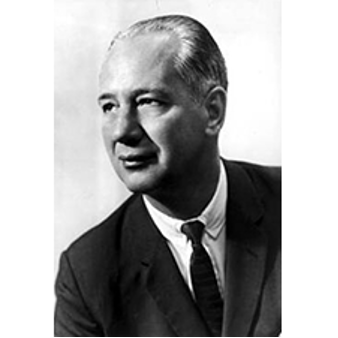
Louis Engel (Vice President at Merrill Lynch, Pierce, Fenner & Smith) wondered, relative to other asset classes, how have the returns of stocks performed over the long term? He contacted the Chicago Graduate School of Business Associate Dean James Lorie who proposed Merrill fund a study to compile the historical data needed to calculate the returns.

In March 1960, with the initial grant of $50,000 from Merrill Lynch, the Center for Research in Security Prices was established. James Lorie and Professor Lawrence Fisher collaborate on collecting and researching NYSE common stock returns between 1926 and 1960.
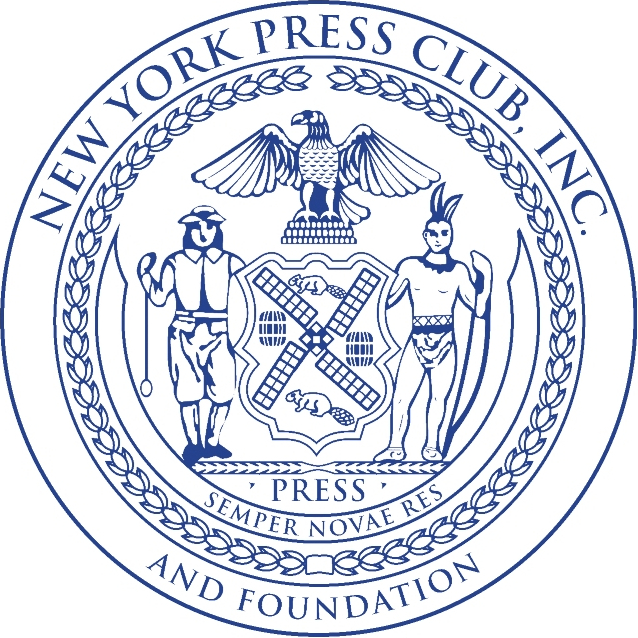
Professors Lorie and Fisher announced the results of their 3 1/2-year data development and analysis project at the Press Club in New York. The results of the study made headlines across the country.
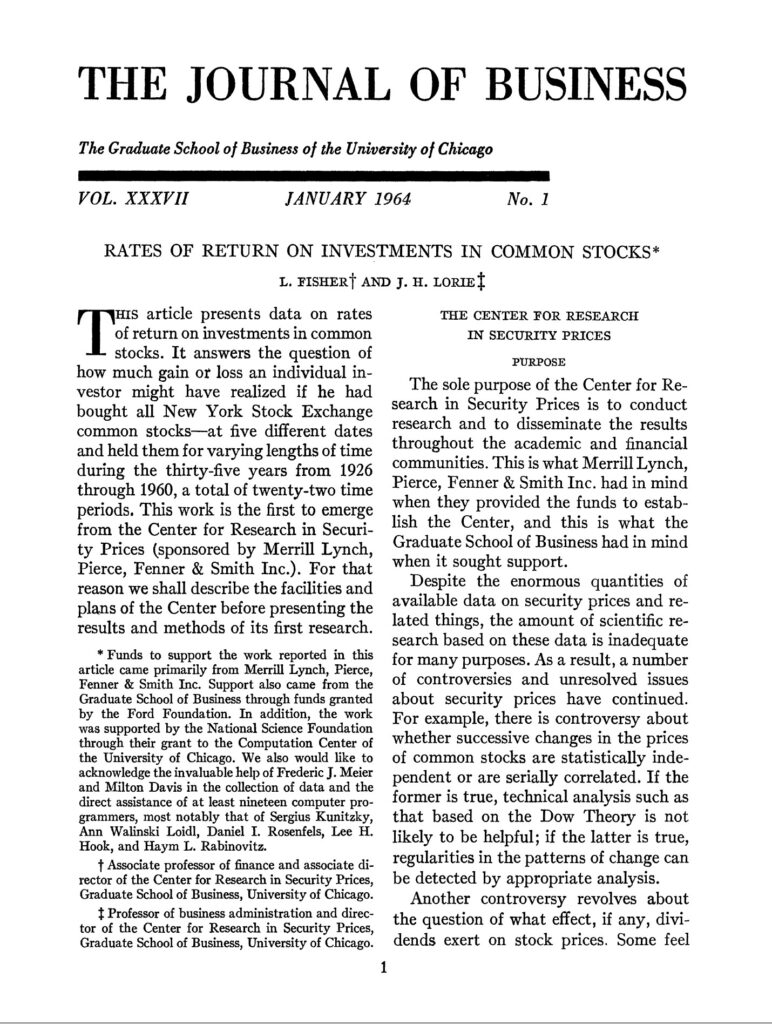
Fisher and Lorie findings are published in the Journal of Business in January.

The master files that became the foundation of the CRSP US Stock flagship database are completed.

Within a year of the initial release of data, 60 universities begin licensing CRSP data files for research and educational programs.

CRSP introduces its first research indexes which would eventually serve as the foundation for much of the empirical research in finance.

Wells Fargo Bank establishes the first index fund: a $6 million fund for Samsonite Corporation's pension program. The fund's director, Mac McQuown, credited Booth professors Myron Scholes and Fischer Black, whom he met through Booth professor and CRSP Board Director Gene Fama.

CRSP expands product line with CRSP US Treasuries Database. The CRSP US Treasury and Inflation Series is comprised of 1.7 million end-of-day price observations for nearly 7000 US Treasury bills, notes, and bonds, as well as supplemental files.

CRSP expands product line with the CRSP Survivor-Bias-Free US Mutual Fund Database, the first survivor-bias-free database available on the market.”

The CRSP Access software, also known as CUPL, CRSP Utilities and Programming Libraries, includes utilities that may be used to extract CRSP stock and index data from the CRSP proprietary databases.
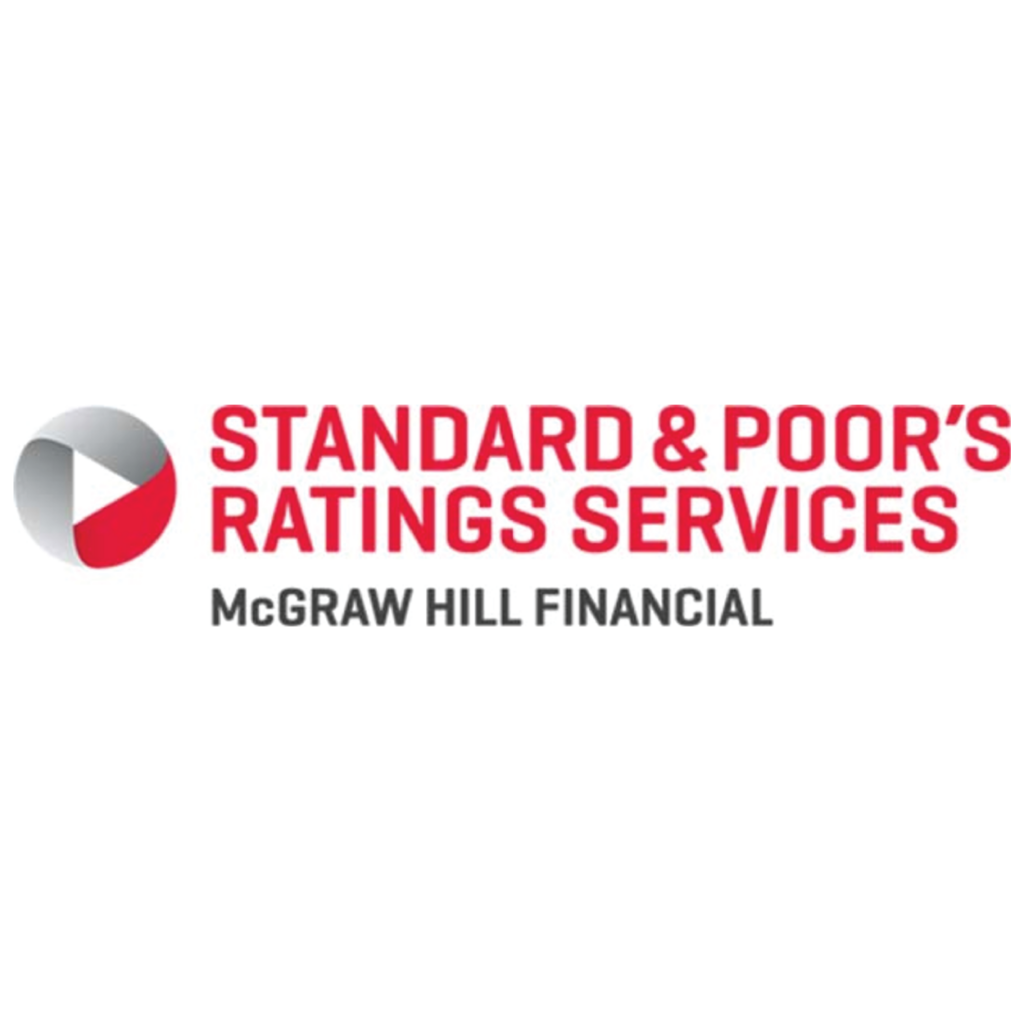
The CRSP/Compustat Database (CCM) combines linked CRSP stock data and Compustat® fundamental data.

CRSP enters into agreement with Wharton Research Data Services (WRDS) to allow WRDS to host CRSP databases for academic subscribers.

CRSP evolved from annual to a monthly data update/release cycle, with subscriptions now offered on annual, quarterly, and monthly update frequencies.

CRSP proved its ability to calculate investable index returns, and from 2003-2009 CRSP provided total returns daily to NASDAQ for NASDAQ Composite, NASDAQ 100, NASDAQ Biotechnology and ABA NASDAQ Community Bank Indexes.

CRSP collaborates with Ziman Center at the Anderson School of Business at UCLA to create the CRSP/Ziman Real Estate Data Series.

CRSP daily stock database is extended from July 2, 1962, back to December 31, 1925, for NYSE common issues matching the universe and range of the CRSP monthly stock databases.
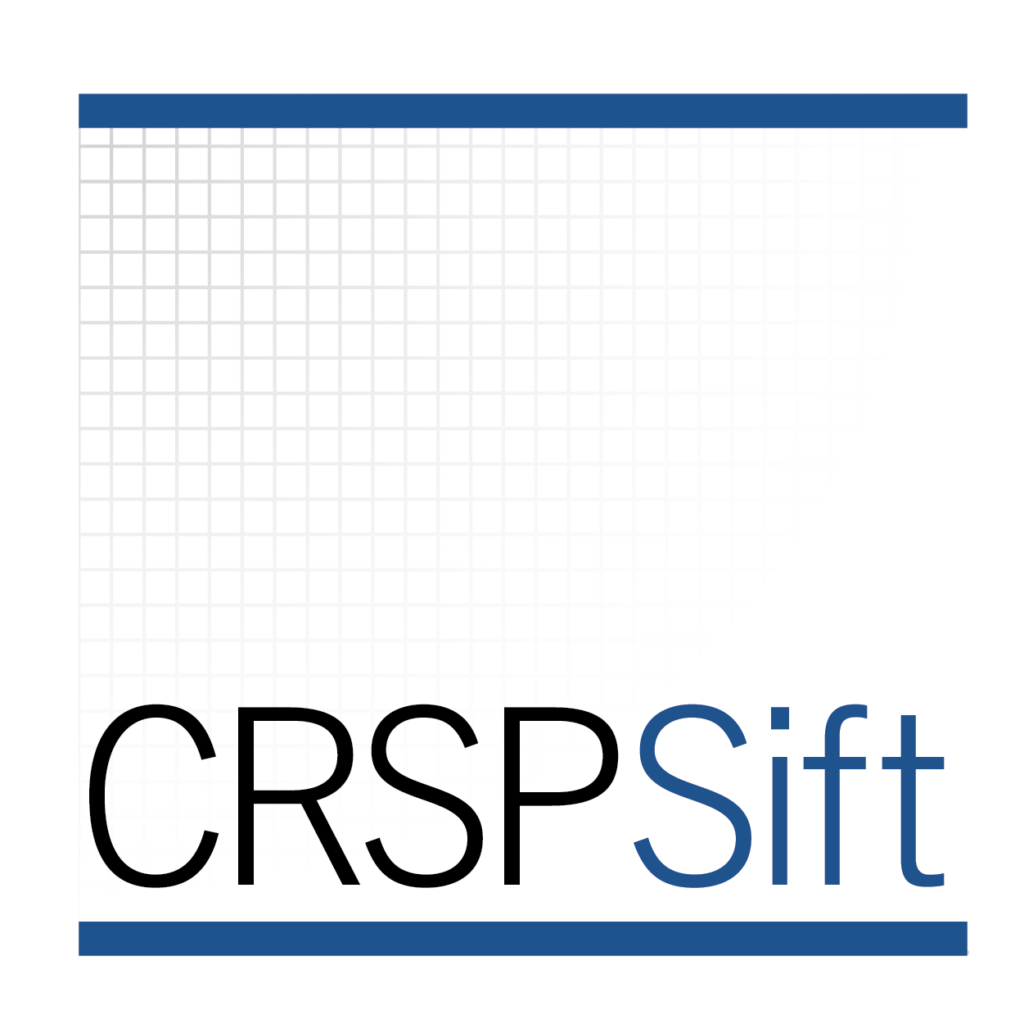
CRSPSift, CRSP’s Securities Information Filtering Tool, makes querying CRSP databases easier.
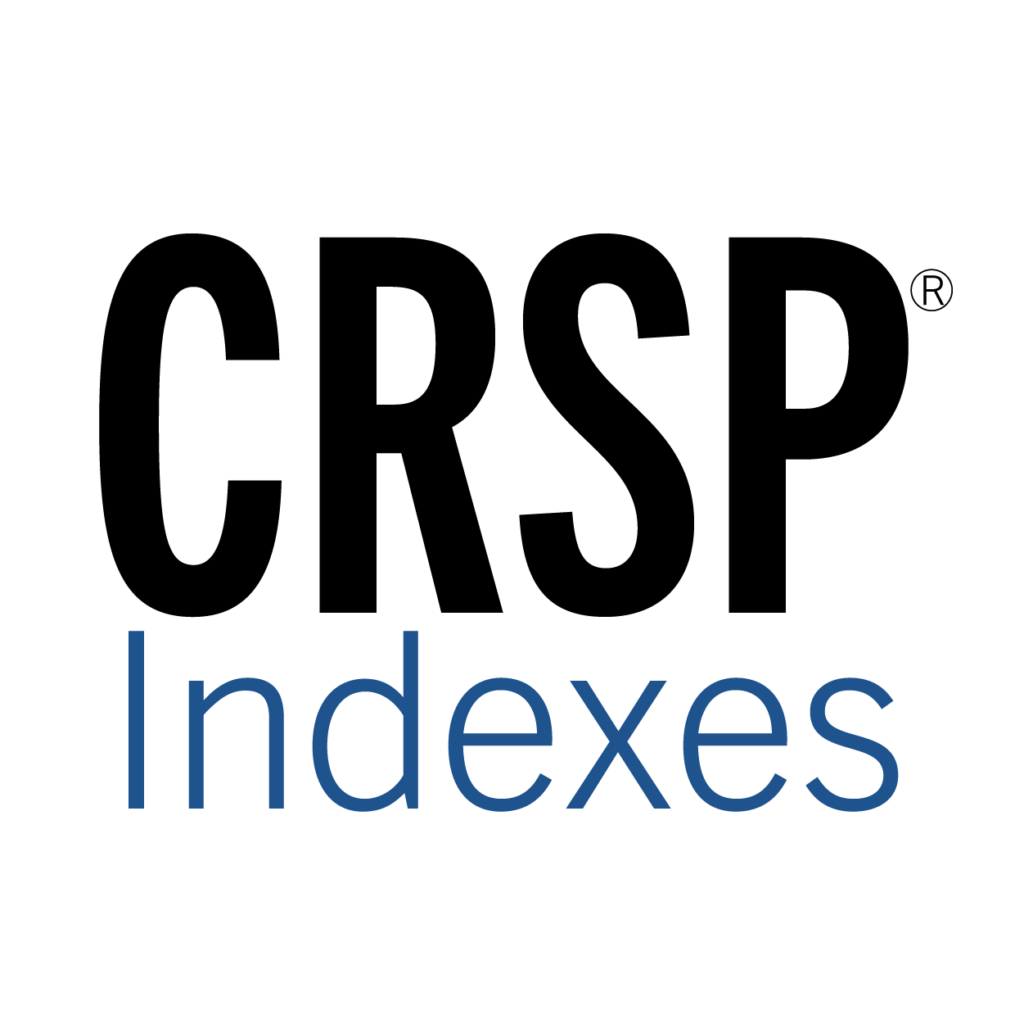
CRSP begins developing the new CRSP Indexes. CRSP begins developing the new investable indexes under the premise that an index must reflect the way money managers actually invest.
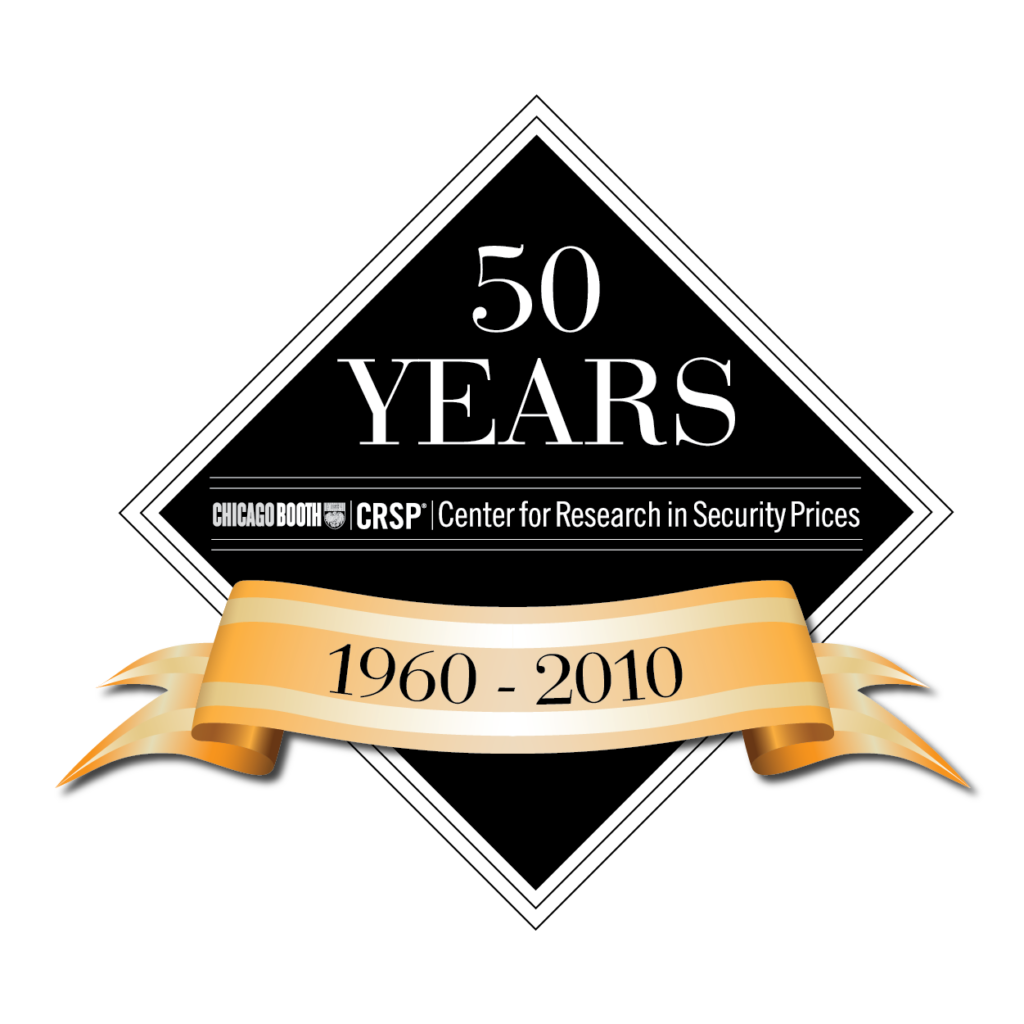
CRSP celebrates 50 years since it began as a research center at the University of Chicago.
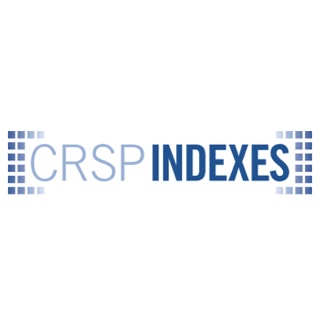
The investable indexes blend advancements in academic research with current commercial practice.

Vanguard announces plan to transition 16 US stock and balanced index funds to new benchmarks developed by CRSP.

CRSP Indexes expand to include value and growth style indexes.

CRSP continued to build the depth and breadth of its research products which now include 90 years of data.

CRSP introduced a five-day transitional reconstitution that moves 20% of the change in holdings each day from the current index to the new target index’s holdings.

CRSP adds Cboe BZX stock exchange to more fully reflect active US markets.
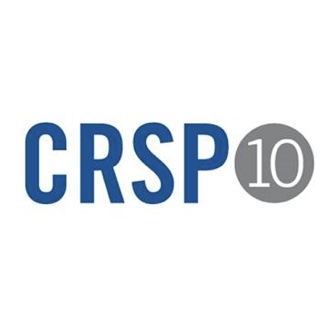
CRSP makes 10-year monthly history of the research-quality stock database available to facilitate the use of data in academic classrooms.
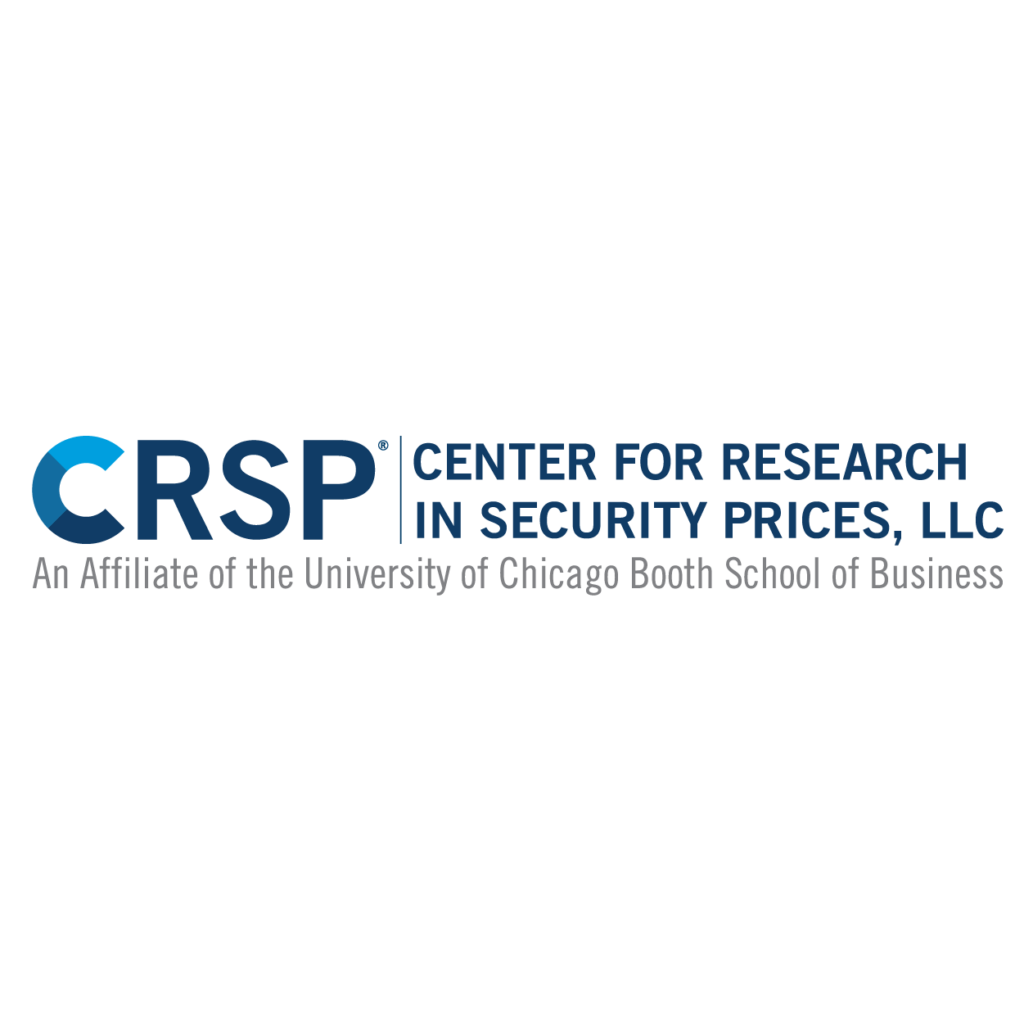
On January 1, 2020, CRSP officially became a limited liability company. Center for Research in Security Prices, LLC is a wholly-owned subsidiary of the University of Chicago.

CRSP celebrates 95 Years of Data, 60 Years of CRSP, and 10 Years of CRSP Indexes.
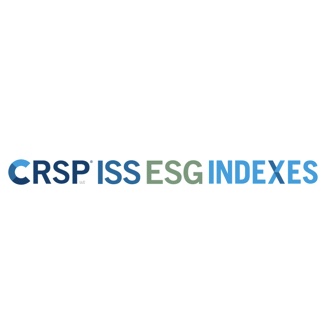
The suite is comprised of three ESG index pairs: CRSP ISS ESG Large Cap Prime, CRSP ISS ESG Large Cap, and CRSP ISS ESG Large Cap Industry Balanced.
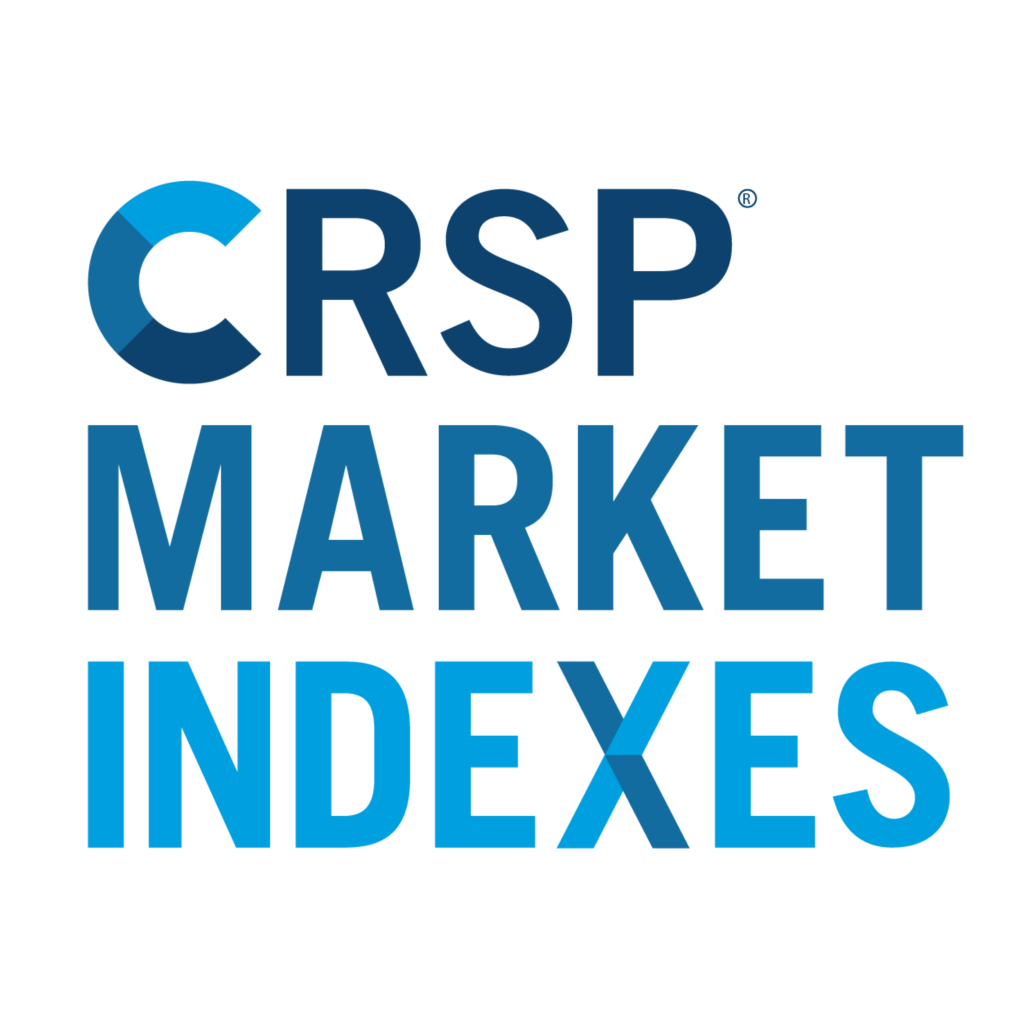
CRSP rebrands investable indexes as CRSP Market Indexes.

CRSPMI expands to include Core Cap, Core Cap Growth, Core Cap Value, Total Market ex-Mega Cap & Small/Micro Cap
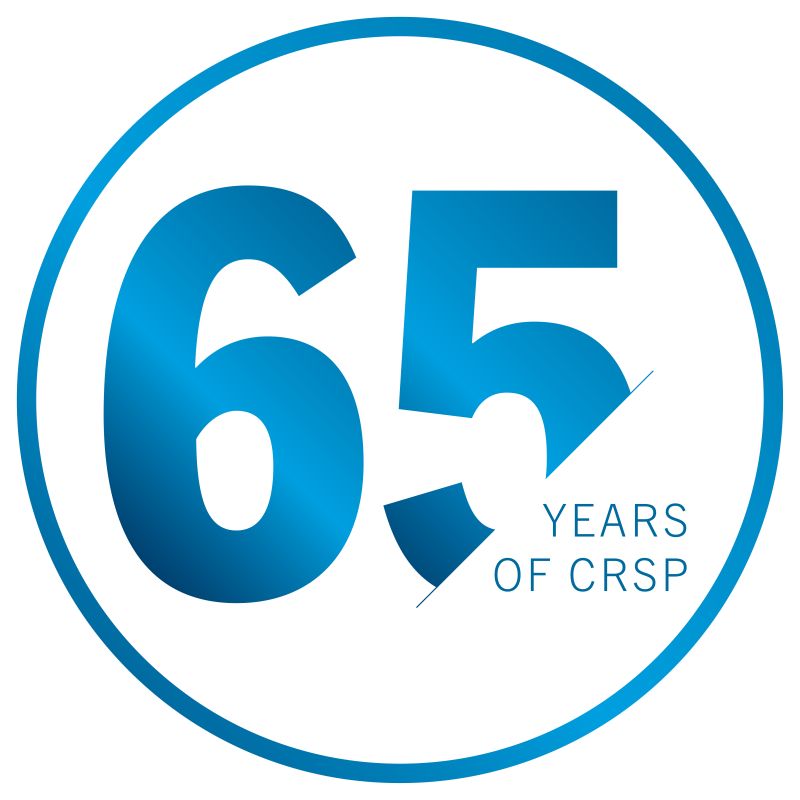
CRSP is thrilled to celebrate six-and-a-half decades of innovation, collaboration, and impact in the financial research community!

Louis Engel (Vice President at Merrill Lynch, Pierce, Fenner & Smith) wondered, relative to other asset classes, how have the returns of stocks performed over the long term? He contacted the Chicago Graduate School of Business Associate Dean James Lorie who proposed Merrill fund a study to compile the historical data needed to calculate the returns.

In March 1960, with the initial grant of $50,000 from Merrill Lynch, the Center for Research in Security Prices was established. James Lorie and Professor Lawrence Fisher collaborate on collecting and researching NYSE common stock returns between 1926 and 1960.

Professors Lorie and Fisher announced the results of their 3 1/2-year data development and analysis project at the Press Club in New York. The results of the study made headlines across the country.
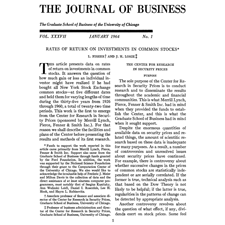
Fisher and Lorie findings are published in the Journal of Business in January.

The master files that became the foundation of the CRSP US Stock flagship database are completed.

Within a year of the initial release of data, 60 universities begin licensing CRSP data files for research and educational programs.

CRSP introduces its first research indexes which would eventually serve as the foundation for much of the empirical research in finance.

Wells Fargo Bank establishes the first index fund: a $6 million fund for Samsonite Corporation's pension program. The fund's director, Mac McQuown, credited Booth professors Myron Scholes and Fischer Black, whom he met through Booth professor and CRSP Board Director Gene Fama.

Wells Fargo Bank establishes the first index fund: a $6 million fund for Samsonite Corporation's pension program. The fund's director, Mac McQuown, credited Booth professors Myron Scholes and Fischer Black, whom he met through Booth professor and CRSP Board Director Gene Fama.

CRSP expands product line with the CRSP Survivor-Bias-Free US Mutual Fund Database, the first survivor-bias-free database available on the market.”

The CRSP Access software, also known as CUPL, CRSP Utilities and Programming Libraries, includes utilities that may be used to extract CRSP stock and index data from the CRSP proprietary databases.

CRSP/Compustat Database (CCM) combines linked CRSP stock data and Compustat® fundamental data.

CRSP enters into agreement with Wharton Research Data Services (WRDS) to allow WRDS to host CRSP databases for academic subscribers.

CRSP evolved from annual to a monthly data update/release cycle, with subscriptions now offered on annual, quarterly, and monthly update frequencies.

CRSP proved its ability to calculate investable index returns, and from 2003-2009 CRSP provided total returns daily to NASDAQ for NASDAQ Composite, NASDAQ 100, NASDAQ Biotechnology and ABA NASDAQ Community Bank Indexes.

CRSP collaborates with Ziman Center at the Anderson School of Business at UCLA to create the CRSP/Ziman Real Estate Data Series.

CRSP daily stock database is extended from July 2, 1962, back to December 31, 1925, for NYSE common issues matching the universe and range of the CRSP monthly stock databases.

CRSPSift, CRSP’s Securities Information Filtering Tool, makes querying CRSP databases easier.

CRSP begins developing the new CRSP Indexes. CRSP begins developing the new investable indexes under the premise that an index must reflect the way money managers actually invest.

CRSP celebrates 50 years since it began as a research center at the University of Chicago.

The investable indexes blend advancements in academic research with current commercial practice.

Vanguard announces plan to transition 16 US stock and balanced index funds to new benchmarks developed by CRSP.
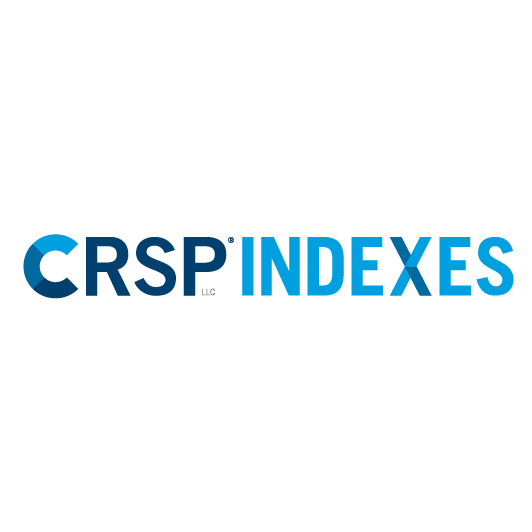
CRSP Indexes expand to include value and growth style indexes.

CRSP continued to build the depth and breadth of its research products which now include 90 years of data.

CRSP introduced a five-day transitional reconstitution that moves 20% of the change in holdings each day from the current index to the new target index’s holdings.

CRSP adds Cboe BZX stock exchange to more fully reflect active US markets.

CRSP makes 10-year monthly history of the research-quality stock database available to facilitate the use of data in academic classrooms.
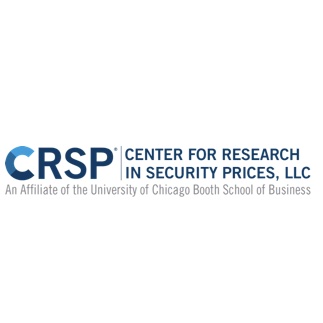
On January 1, 2020, CRSP officially became a limited liability company. Center for Research in Security Prices, LLC is a wholly-owned subsidiary of the University of Chicago.

CRSP celebrates 95 Years of Data, 60 Years of CRSP, and 10 Years of CRSP Indexes.

The suite is comprised of three ESG index pairs: CRSP ISS ESG Large Cap Prime, CRSP ISS ESG Large Cap, and CRSP ISS ESG Large Cap Industry Balanced.
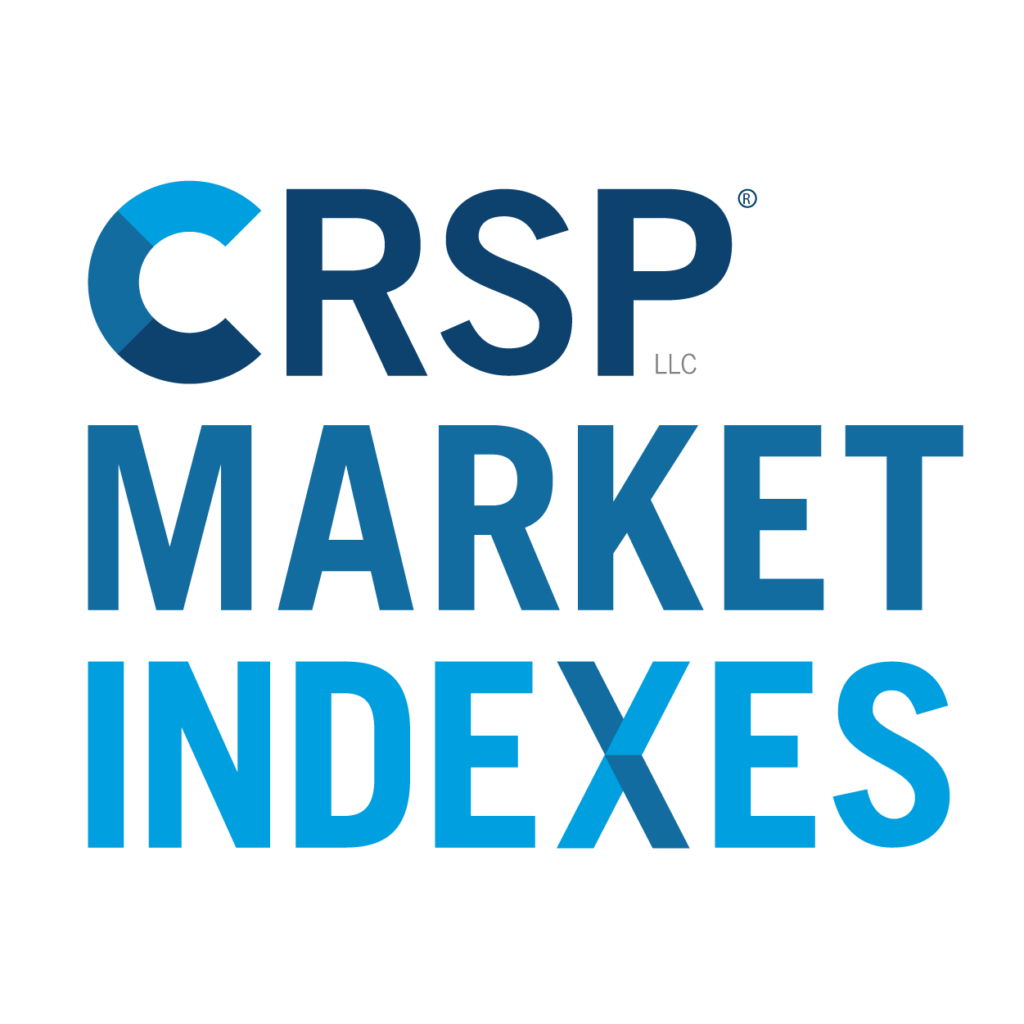
CRSP rebrands investable indexes as CRSP Market Indexes.

CRSP is thrilled to celebrate six-and-a-half decades of innovation, collaboration, and impact in the financial research community!

Joseph L. Gidwitz Professor of Finance and Anthony Pritzker Family Foundation – Family Office Initiative Director
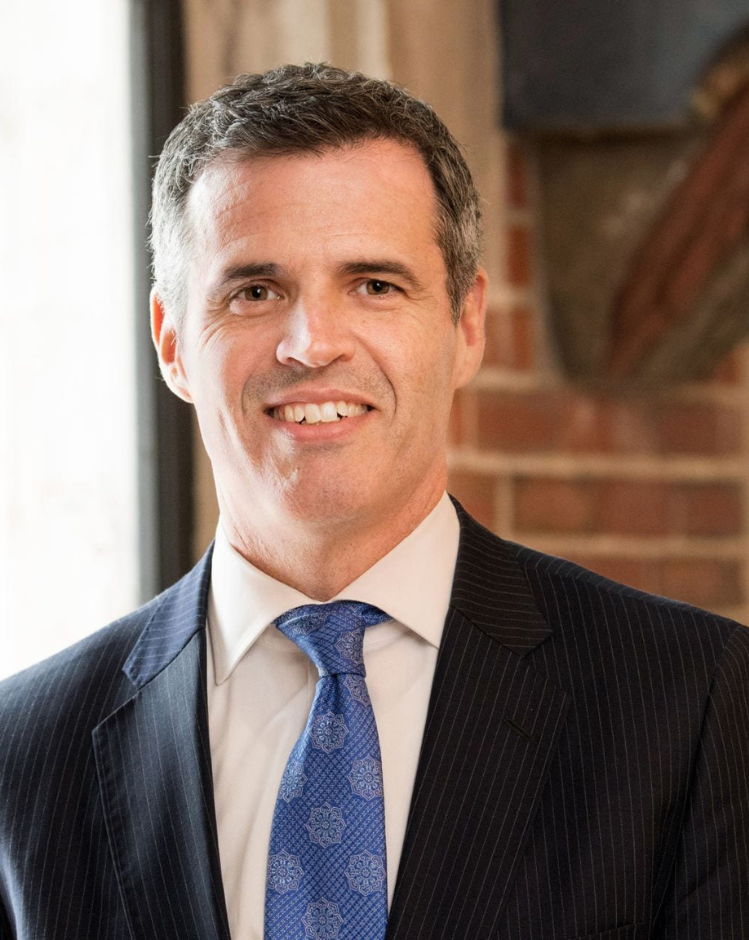
Senior Associate General Counsel, the University of Chicago

Fama Family Distinguished Service Professor of Finance, Booth School of Business

Dean of the Booth School of Business and George Pratt Shultz Professor of Accounting

Vice President and Chief Investment Officer, the University of Chicago

Joseph L. Gidwitz Professor of Finance and Anthony Pritzker Family Foundation – Family Office Initiative Director

Senior Associate General Counsel, the University of Chicago

Fama Family Distinguished Service Professor of Finance, Booth School of Business

Dean of the Booth School of Business and George Pratt Shultz Professor of Accounting

Vice President and Chief Investment Officer, the University of Chicago

Professor Pastor has been teaching at Chicago Booth since 1999 when he obtained a PhD in finance from the Wharton School at the University of Pennsylvania. His research focuses mostly on financial markets and investment management. His articles have appeared in the American Economic Review, Journal of Finance, Journal of Financial Economics, Journal of Monetary Economics, Journal of Political Economy, Review of Financial Studies, and other outlets, and they have won numerous prizes. Pastor also serves as a member of the CRSP Index Advisory Council, member of the board of the Fama-Miller Center for Research in Finance, and vice president of the European Finance Association. Outside academia, he serves as an independent director and trustee of Vanguard. In the past, he served as director of CRSP, member of the Bank Board of the National Bank of Slovakia, director of the American Finance Association, director of the European Finance Association, president of the Western Finance Association, and associate editor of three leading academic finance journals.

Professor Nagel’s research focuses on asset pricing, investor behavior, and the formation of investor expectations. His most recent work explores the role of personal experiences in shaping expectations about the macroeconomy and financial market returns, models of investor learning about long-run growth with decaying memory, and the application of machine learning techniques to understand the risk and return of investment strategies in the stock market. Nagel has won various awards for his research, among them the Smith-Breeden Prize of the American Finance Association for the best paper in the Journal of Finance in 2004 and the Fama/DFA prize for the best asset pricing paper in the Journal of Financial Economics in 2006 and 2020 (first prize) and 2010 (second prize).
Before joining Booth, Nagel taught at the University of Michigan’s Ross School of Business (2013-17), Stanford Graduate School of Business (2004-13) and in the Economics Department at Harvard University (2003-04). He received his PhD from the London Business School in 2003 and his Diplom (M.S. equiv.) in Business Economics from the University of Trier (Germany) in 1999.

Douglas W. Diamond is the 2022 recipient of the Nobel Memorial Prize in Economic Sciences (Sveriges Riksbank Prize in Economic Sciences in Memory of Alfred Nobel) for his groundbreaking research on banks and financial crises. He specializes in the study of financial intermediaries, financial crises, and liquidity. Professor Diamond holds a bachelor’s degree in economics from Brown University and a PhD in economics from Yale University. He is a research associate of the National Bureau of Economic Research and a visiting scholar at the Federal Reserve Bank of Richmond. Prior to joining the Booth School of Business faculty in 1979, Diamond taught at Yale and was a visiting professor at the MIT Sloan School of Management, the Hong Kong University of Science and Technology, and the University of Bonn.

John C. Heaton studies asset pricing, portfolio allocation, and time-series econometrics. He first became drawn to this area because he was “intrigued by the idea of understanding economic phenomena both to guide policy and to help people make better decisions.” His academic pursuits have thus solidified his position as an esteemed authority in these domains. Professor Heaton holds a bachelor’s degree in commerce from the University of Windsor, a master’s degree in economics from the University of Western Ontario, and a PhD in economics from the University of Chicago. Prior to joining the Chicago Booth faculty in 2000, Heaton was the Nathan S. and Mary P. Sharp Distinguished Professor of Finance at Northwestern University’s Kellogg School of Management. He also has held positions at MIT’s Sloan School of Management and at the Hoover Institution.

Professor Pastor has been teaching at Chicago Booth since 1999 when he obtained a PhD in finance from the Wharton School at the University of Pennsylvania. His research focuses mostly on financial markets and investment management. His articles have appeared in the American Economic Review, Journal of Finance, Journal of Financial Economics, Journal of Monetary Economics, Journal of Political Economy, Review of Financial Studies, and other outlets, and they have won numerous prizes. Pastor also serves as a member of the CRSP Index Advisory Council, member of the board of the Fama-Miller Center for Research in Finance, and vice president of the European Finance Association. Outside academia, he serves as an independent director and trustee of Vanguard. In the past, he served as director of CRSP, member of the Bank Board of the National Bank of Slovakia, director of the American Finance Association, director of the European Finance Association, president of the Western Finance Association, and associate editor of three leading academic finance journals.

Professor Nagel’s research focuses on asset pricing, investor behavior, and the formation of investor expectations. His most recent work explores the role of personal experiences in shaping expectations about the macroeconomy and financial market returns, models of investor learning about long-run growth with decaying memory, and the application of machine learning techniques to understand the risk and return of investment strategies in the stock market. Nagel has won various awards for his research, among them the Smith-Breeden Prize of the American Finance Association for the best paper in the Journal of Finance in 2004 and the Fama/DFA prize for the best asset pricing paper in the Journal of Financial Economics in 2006 and 2020 (first prize) and 2010 (second prize).
Before joining Booth, Nagel taught at the University of Michigan’s Ross School of Business (2013-17), Stanford Graduate School of Business (2004-13) and in the Economics Department at Harvard University (2003-04). He received his PhD from the London Business School in 2003 and his Diplom (M.S. equiv.) in Business Economics from the University of Trier (Germany) in 1999.

Douglas W. Diamond is the 2022 recipient of the Nobel Memorial Prize in Economic Sciences (Sveriges Riksbank Prize in Economic Sciences in Memory of Alfred Nobel) for his groundbreaking research on banks and financial crises. He specializes in the study of financial intermediaries, financial crises, and liquidity. Professor Diamond holds a bachelor’s degree in economics from Brown University and a PhD in economics from Yale University. He is a research associate of the National Bureau of Economic Research and a visiting scholar at the Federal Reserve Bank of Richmond. Prior to joining the Booth School of Business faculty in 1979, Diamond taught at Yale and was a visiting professor at the MIT Sloan School of Management, the Hong Kong University of Science and Technology, and the University of Bonn.

John C. Heaton studies asset pricing, portfolio allocation, and time-series econometrics. He first became drawn to this area because he was “intrigued by the idea of understanding economic phenomena both to guide policy and to help people make better decisions.” His academic pursuits have thus solidified his position as an esteemed authority in these domains. Professor Heaton holds a bachelor’s degree in commerce from the University of Windsor, a master’s degree in economics from the University of Western Ontario, and a PhD in economics from the University of Chicago. Prior to joining the Chicago Booth faculty in 2000, Heaton was the Nathan S. and Mary P. Sharp Distinguished Professor of Finance at Northwestern University’s Kellogg School of Management. He also has held positions at MIT’s Sloan School of Management and at the Hoover Institution.
Chief Executive Officer
Chief Financial Officer
Chief Information Officer; Managing Director, Project Management
Managing Director, Business Advancement
Managing Director, Software Engineering & Index Architecture
Managing Director, Strategy & Analytics
Managing Director, Data Research & Operations
Senior Director, Marketing
Senior Director, Communications



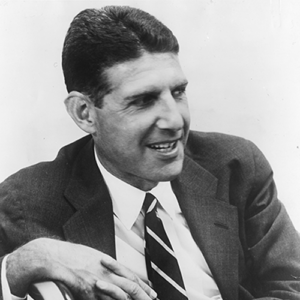
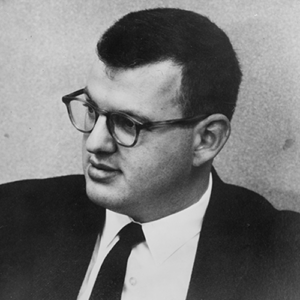
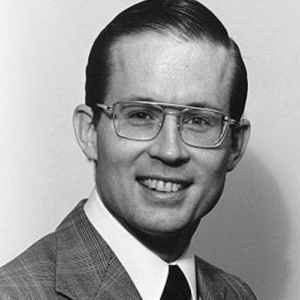

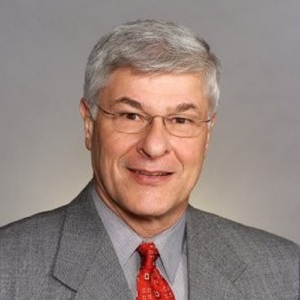








The difference is clear.
©2025 Center for Research in Security Prices, LLC. All Rights Reserved. | Policies & Statements | Privacy Policy